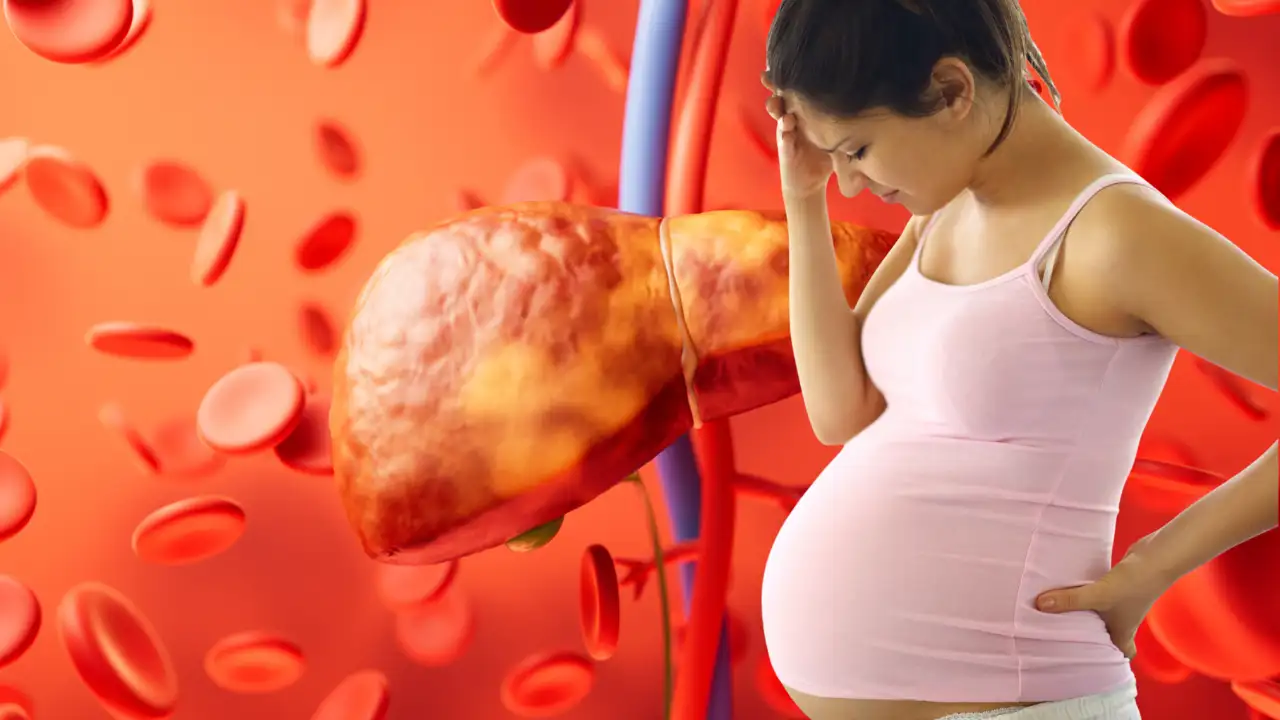Acute Fatty Liver of Pregnancy (AFLP) is an obstetric emergency, carrying high maternal and foetal morbidity and mortality. It is a relatively rare but serious complication of pregnancy with an incidence of 5 cases per 1 lakh pregnancies. Women in their third trimester may experience this condition due to excessive fat deposition in the liver parenchyma and acute liver dysfunction.
While the exact cause is not known, the experts tell us it could be linked to mitochondrial dysfunction and genetic factors. “It is closely linked to a hereditary enzyme deficiency, most commonly long-chain 3-hydroxyacyl-CoA dehydrogenase (LCHAD), resulting in impaired fatty acid metabolism in the liver,” says Dr Vidyashri Kamath, KMC Hospital, Dr B R Ambedkar Circle, Mangalore.
Neither a preventable nor a predictable complication, early diagnosis and treatment can prevent life-threatening complications from acute fatty liver during pregnancy.
So, what are the symptoms?
A pregnant woman in the last trimester can experience nausea, vomiting, tiredness, loss of appetite, or even jaundice. According to Dr Spurthy G Janney, Manipal Hospital, Whitefield,
She may also have upper abdominal pain, which is unusual and constant.
Extreme thirst could be another important symptom, says Dr Kamath. The progressive forms, she says, may be more severe and appear as right upper abdominal pain, jaundice, confusion and consciousness changes when severe.
“AFLP is more common in nulliparous women, women carrying twins or a male foetus, those with a low body mass index (BMI), or women who have had diabetes, preeclampsia, or intrahepatic cholestasis of pregnancy,” she says, adding that because of these associations, AFLP may be expected in a patient who meets the criteria of risk factors or clinical features, while the latter do not always help in the early diagnosis of the rare and unpredictable disease.
What about the diagnosis?
According to Dr Janney, diagnosis is mainly based on the clinical symptoms and certain blood tests which include the liver function test, coagulation profile, sugar test, and ultrasound of the abdomen and pelvis to find any evidence of liver and kidney damage. “A liver biopsy is seldom required and is typically only in cases that are atypical or uncertain,” Dr Kamath adds.
The burning question: How to treat acute fatty liver during pregnancy?
The definitive treatment remains the delivery as soon as possible, as this will in itself relieve further damage to the liver and aid in the recovery of the mother's clinical condition. “After delivery, the liver function usually takes about 10 days to normalise,” says Dr Janney.
Dr Kamath adds that management involves rapid delivery of the foetus—typically via caesarean section—after stabilising the mother. According to her, that is the only effective treatment, and it produces rapid improvement because once the placenta is removed, disease progression stops. “There is often a need for supportive care in a high-level facility because of the risk of organ dysfunction, coagulopathy, and sepsis,” she says.
Moreover, with prompt treatment, most mothers fully recover from this condition within 7–10 days postpartum. Maternal mortality, thanks to better recognition and treatment, has now fallen to below 5%. Timely diagnosis and treatment are still key to improving the prognosis for mother and baby.
Get Latest News Live on Times Now along with Breaking News and Top Headlines from Health and around the world.
